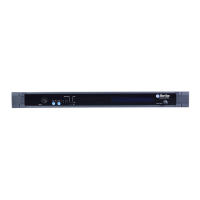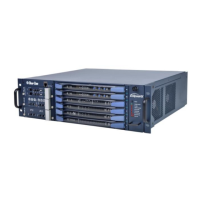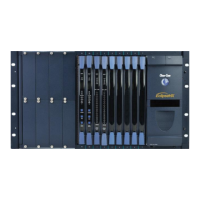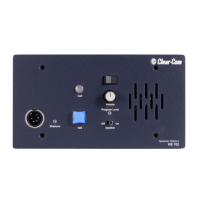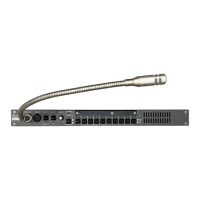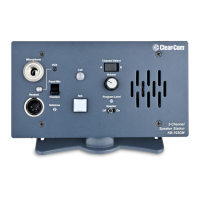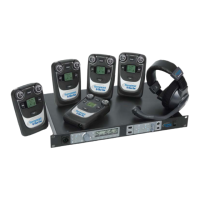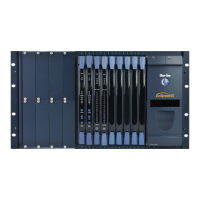HelixNet | User Guide
Specification Value
Latency on Powerline 40-80ms (Depends on cable type and length, and how
many devices are connected. The greater the number of
devices, the greater the latency).
Latency over IP Network 30ms + Network Latency (Main Station to Main Station).
Bandwidth used 300 kbps per active Talker, for a maximum of one talker
per device in the system.
Each Beltpack and Speaker Station counts as one
device.
Each Main Station and Remote Station counts as two
devices.
Each HLI-2W2 or HLI-4W2 counts as two devices.
IP version IPv4
4.2 Link Local Environments
4.2.1 What is link-local?
A link-local address is an IP address within the local segment of any network. Routers do not pass
information to these as link-local addresses are not guaranteed to be unique beyond a single
network segment. When first connected to a network, your HelixNet device will attempt to get an
IP address via Dynamic Host Configuration Protocol (DHCP). If no DHCP server is available, the
unit will automatically enter link-local IP mode. A link-local IP address will take the form:
169.254.xxx.xxx.
4.2.2 Working with a Device in Link-Local Mode
Devices will revert to link-local mode if they are configured to DHCP and fail to find a DHCP
address on the network or device they are attempting to connect to. Any DHCP enabled device
connected directly to a device in link-local mode using a standard Ethernet cable will enter link-
local mode automatically.
The HelixNet units will operate in link-local mode, but for optimum performance it is recommended
that they are used with either static or DHCP network settings. In link-local, the address will
change each time the device reboots resulting in potential loss of connection to endpoints.
Note: The easiest way to take a HelixNet device out of link-local mode is to allocate a new IP
address to the unit from the device front menus. Please ensure with your network
administrator that there will be no IP clashes with this address.
Page 68

